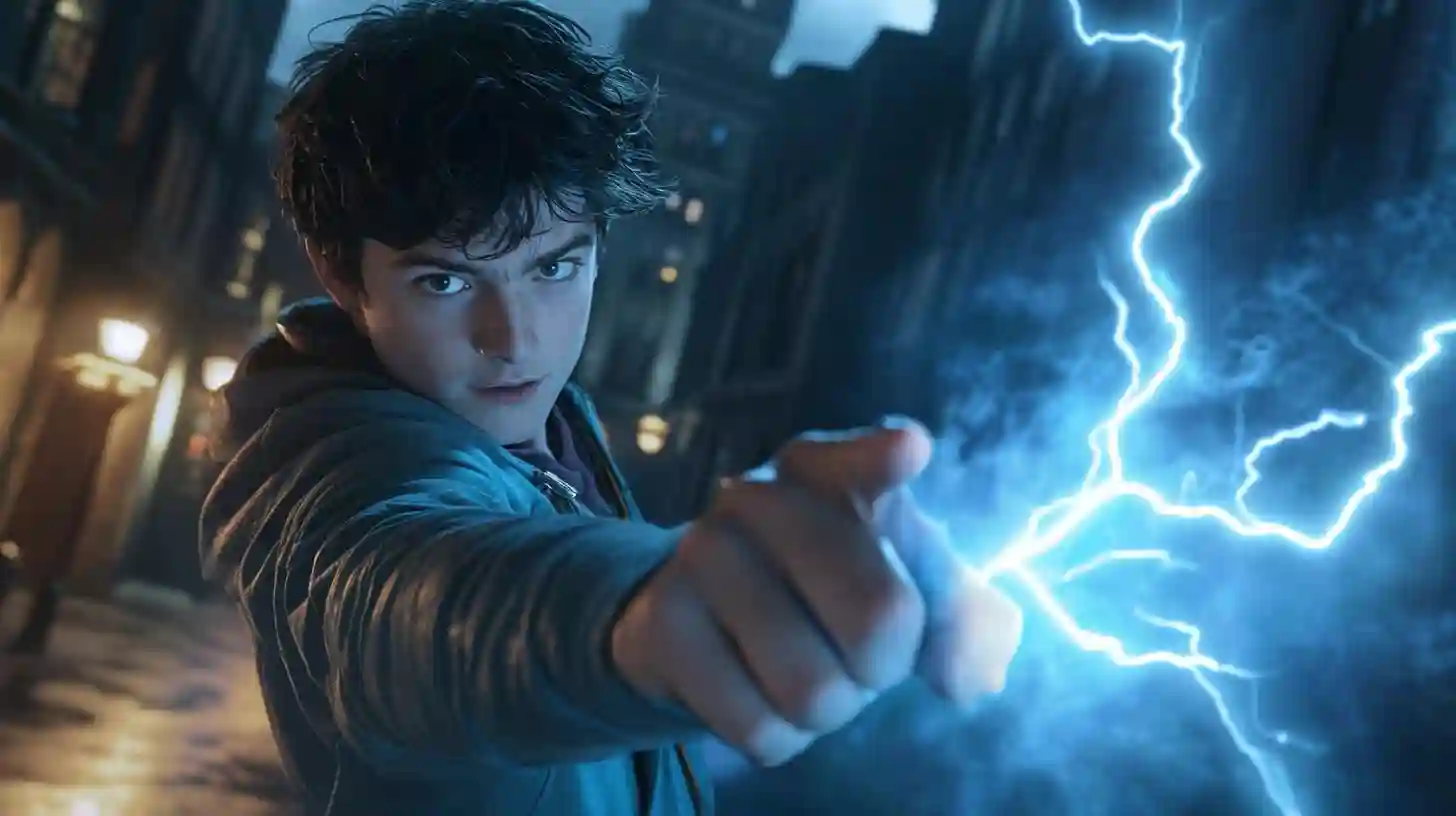
The Lightning Thief has emerged as a recent sensation in the realm of young adult fantasy, capturing hearts and imaginations in a way that echoes the groundbreaking success of the Harry Potter series. As fans of both franchises delve into this latest adventure, comparisons become inevitable. While they each tell unique stories, they share a common thread of young protagonists grappling with extraordinary circumstances. Rick Riordan's series, just like J.K. Rowling's magical world, invites readers into a fantastical universe filled with mythological beings, intense adventures, and the universal struggle of finding one's identity.
At its core, The Lightning Thief follows the journey of Percy Jackson, a twelve-year-old boy who discovers that he is a demigod, the son of Poseidon. This revelation sets him on a quest that intertwines Greek mythology with the modern world, showcasing an imaginative blend that draws readers into Percy’s exhilarating escapades. Much like Harry Potter, Percy's experiences resonate with themes of friendship, loyalty, and self-discovery, as he is joined by a diverse cast of characters, each with their own strengths and quirks. The dynamic among the trio of Percy, Annabeth Chase, and Grover Underwood mirrors the bond shared by Harry, Hermione, and Ron, creating a sense of camaraderie that feels familiar and comforting to readers.
Moreover, the humor and wit that permeate The Lightning Thief provide a refreshing touch, making the complex themes of identity, power, and heroism accessible to younger audiences. Percy's tongue-in-cheek narration, filled with sarcasm and modern references, draws in readers and keeps them engaged throughout the narrative. This light-hearted approach serves to balance the darker elements of the story, much like Rowling's ability to weave humor into the sometimes chthonic themes present in her series. This similarity in tone allows The Lightning Thief to resonate with children and adolescents alike, providing a bridge for those longing for another immersive experience akin to the world of Hogwarts.
The pacing of The Lightning Thief is particularly noteworthy, offering a whirlwind of action and adventure that propels the plot forward with energy. Percy’s quest to retrieve Zeus's stolen lightning bolt operates on a strict timeline, creating tension that keeps readers on the edge of their seats. The urgency of the quest, coupled with mythological twists and the exploration of modern-day settings—from New York City to Camp Half-Blood—results in a narrative that feels fast-paced yet coherent. This gripping pace parallels the action-driven narratives found in the Harry Potter series, particularly in later installments where the stakes are raised and the danger intensifies, making it easy for readers to draw parallels between the two series.
In addition to the gripping storylines, both The Lightning Thief and Harry Potter feature richly developed worlds that beckon readers to explore beyond the pages. The intricate details surrounding Greek mythology, the pantheon of gods, and the challenges faced by demigods paint a picture of a universe that feels both expansive and tangible. The richly described settings, from the grand halls of Olympus to the haunted underworld, serve to immerse readers thoroughly. Similarly, the magical realm devised by Rowling invites exploration with its enchanted locations, such as Diagon Alley and the Forbidden Forest, capturing the imagination of millions. This world-building aspect plays a critical role in engaging fans, fostering not just readership but a culture of shared experience and discovery.
Moreover, both series have ignited a passion for mythology and magic among their readers, sparking interest in ancient tales and cultural stories. Just as Harry Potter reintroduced magical lore to a generation, The Lightning Thief resurrects interest in Greek mythology, blending educational elements with thrilling narratives. Readers are drawn into the stories of gods and mythical creatures, intertwining lessons from history into entertaining adventures and ensuring a lasting impact on their literary journeys.
The thematic richness is another facet that places The Lightning Thief in conversation with Harry Potter, examining growth, acceptance, and the complexities of adolescence. Both Percy and Harry navigate the turbulent waters of growing up, confronting their fears and insecurities, forging their identities in worlds that demand extraordinary feats. This relatability creates emotional resonance, cultivating a community of readers who find solace and inspiration in their journeys.
As conversations about the next fantasy phenomenon evolve, The Lightning Thief stands as a testament to the power of storytelling in enchanting audiences. While it may not entirely supplant the legacy of Harry Potter, it undoubtedly carves its own niche in the hearts of young readers, beckoning them to embark on quests that spark wonder and joy. Within the vast landscape of young adult fantasy, it shines as a beacon, inviting generations to explore the lives of demigods, face their fears, and embrace their own adventures with open hearts and curious minds. The world has a new hero, and like Harry before him, Percy Jackson is poised to take readers on thrilling journeys that linger long after the final page is turned.